“Training must change your behavior, make you smarter, faster, stronger and harder to kill.”
Copyright © 2020, Tim Boehlert
“Can I out-think, can I out-mentally maneuver (cognitively overmatch) my opponent. If I can’t out-think them, then I may be a victim. Training has to have a cognitive component.”
—Greg Williams, Director of Training & Innovation: Arcadia Cognerati, Left of Greg Podcast, Episode 1
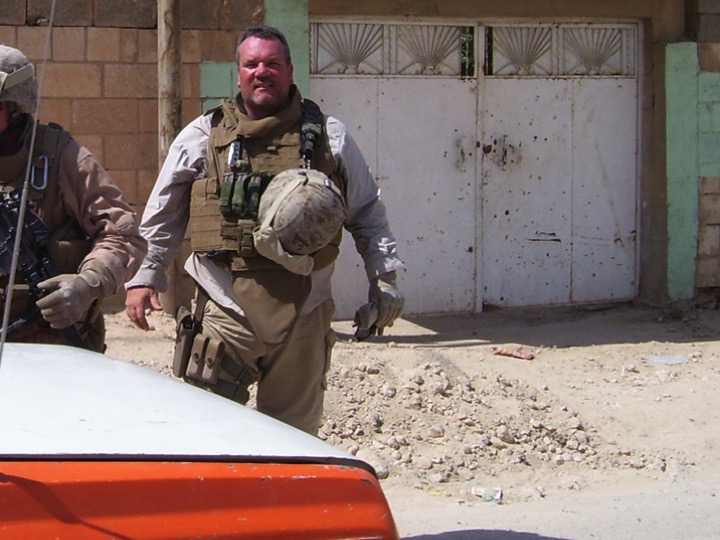
So much of our lives are controlled by an over-reliance on technology.
Training has been defined as “the practical application of educational material,” by Greg Williams of Arcadia Cognerati (https://arcadiacognerati.com), a U.S. Based Training conglomerate based in Colorado.
Arcadia Cognerati is a small, agile team of Human Behavior Pattern Recognition & Analysis experts who believe that risk should be mitigated, not managed.
We all train, and we all have goals that fit out training regimen, our pursuit, and all of us have one tool in common – our brains.
Greg says that all training should be “Inspirational, memorable, and should also create spirals within our minds”– that unique ability to be creative, to engage one’s abilities in critical thinking skills, (if/then) scenarios.
When you apply advanced critical thinking skills, you will use visualization – scenario training to enhance your training. This is one skill that I learned to develop many years ago, and while in an environment that required critical thinking and quick decision-making skills, with the ability to physically engage when necessary, and without hesitation.
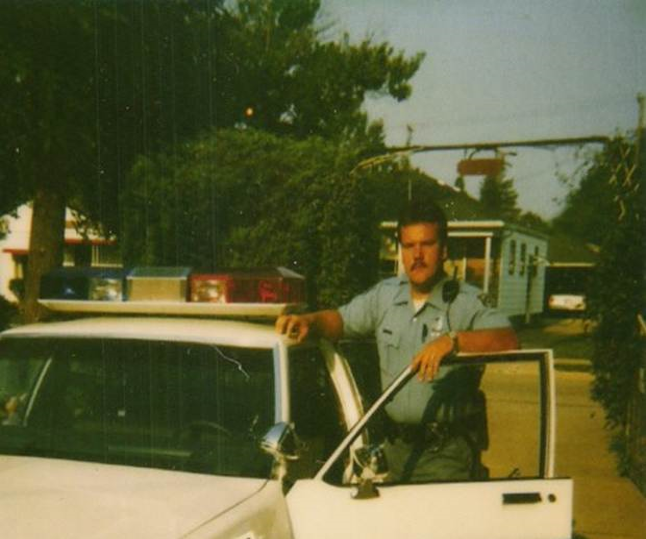
There were several aspects to consider – and therein was the conundrum. I’d learned through my martial arts training, that questioning every possible application of skill was impossible – the “What if?” that we all find ourselves in at one time or another. I knew what my needs were – I needed something that I couldn’t even define at the time, and I needed it right now!
I started to learn from resources that seemed to be farther and farther away from my martial arts training. Along the way, I discovered the concept of visualization. “Well, that doesn’t seem like it’s too useful – seems to be more like daydreaming and fantasizing to me!” It turned out to be one of the best tools I have ever picked up and used.

Brian Marren, VP of Operations, and host of the Left of GregPodcastsays this:
What’s the “so what? What’s in it for me? Why do I need this?” factor in the material being presented to this class. My bottom line is that I need to understand so that I know how to apply it conceptually.”
When looking at any training, ask yourself – “How is this useful to me?”
Visualization Is Training:
You are learning to train your mind. My methodology was simple: It was never negative; it was always with a positive outcome for me. I would look at an aggressor and visualize the best way to overcome his abilities. It was never “can I?” but always “how will I?”
“You need training that’s going to enhance your ability to make those hard decisions when the alarms are sounding.”
Training vs. Education:
The skillset that Arcadia Cognerati can give you is based on some very simple logic:
“The difference is that training changes behaviors. Education passes knowledge. If you can’t change the behavior, that is NOT training.”
According to Greg, good trainers use these three things:
Cognitive Task Analysis:
[1] As trainers, we need to understand what it is that we are trying to train.
[2] We need to know that there is a need for that training.
[3] What specific skills do we wish to pass along?
Enabling Learning Objectives:
What pieces are essential to getting that core task across to the student?
Terminal Learning Objectives:
[1] What is it that we want the student to take away?
[2] As trainers, we need to transfer a skill to those students.
[3] Those skills need to be tangible skills – skills that they didn’t know before the training, then after the training they did know.
In Greg’s Combat Hunter program, developed for the USMC, he’d put together an observation technique:
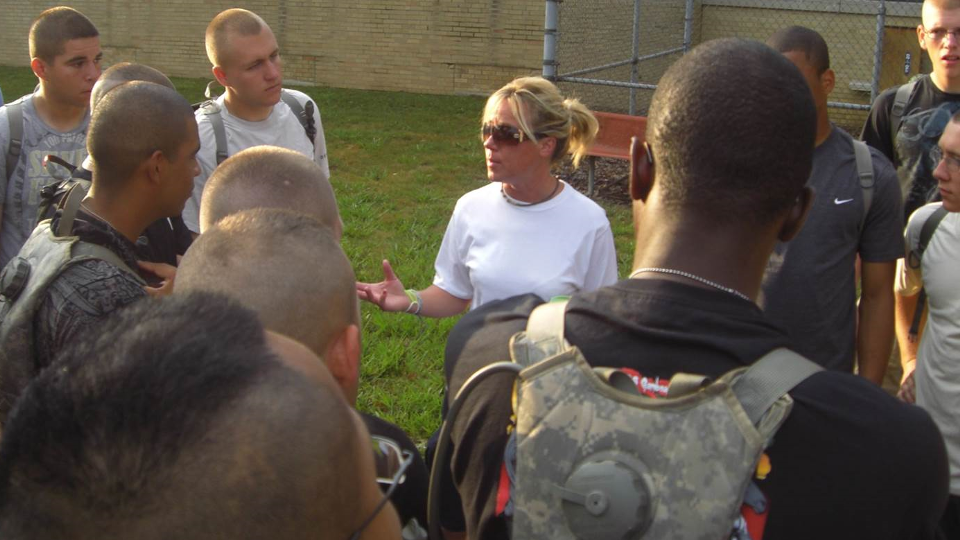
“Our algorithm is simple: Baseline + Anomaly = Decision. Anytime you have 3 or more anomalies you need to make a decision. (Obviously if the anomaly is strong enough you don’t have to wait for 3.) The algorithm can be broken down this way: Baseline – what is normal in this environment or scenario? Anomalies – what doesn’t fit or what is missing from the baseline? As an example, watch for body language and physical cues.”
This can all be stretched across a timeline – and again is defined by Greg as Left of Bang (pre-event), Bang (moment of act), and Right of Bang (post-event.) Greg also defines anomalies in two states: Above the baseline are defined as indicators that are there that should not be there, and Below the baseline are defined as indicators that aren’t there that should be there.
It’s a great tool for everyday use. It’s all tied into observation skills, and it’s universal – you can do this in any environment, in any culture, anywhere in the world – it’s that universal.
Greg teaches one simple concept: All decisions must be legal, moral, and ethical. His teaching relies on science and human history to backup the methodology that they employ.
Profiling:
Profiling as used in their training “has nothing to do with human pedigree or lineage, but everything to do with how humans interact as a species. Using context and relevance and measuring against a baseline anywhere in the world, the profiler can make a moral decision, a legal decision and an ethical decision. It’s the first non-material solution that up-armors the brain.”
Cody Bandars, trainer, describes it this way: “information in the human terrain is there for the taking.”
Greg continues: “clusters of cues are orbiting us 24 hours a day, everywhere that we go. When we had to rely on reading those environmental cues we were much more in tune with our personal safety and security. We’ve devolved. Those skills have retarded over time because we haven’t used them.”
“If you can outthink a human, if you can predict their next likely move, you can save lives on the battle space.”
Mindset is everything.
Reality-based Training:
While discussing a shoot, no-shoot scenario where one chair in a room was labeled ‘cover’ and an identical chair next to it was labeled ‘concealment’ Greg expressed his thoughts:
“Your brain knows bullshit and your brain will call bullshit with that type of training and it will put that into your pre-frontal cortex, and it will say, ‘that was really good training, and it’s helpful to a point, but, training for the real event you’ll need to train your brain ‘what would I do in that situation.’”
Training needs to be a continuous commitment.
Brian uses this mental rehearsal mantra daily. It’s simple. It wakes up the brain: “Someone may try to kill me today.” That simple statement preloads his survival instincts.
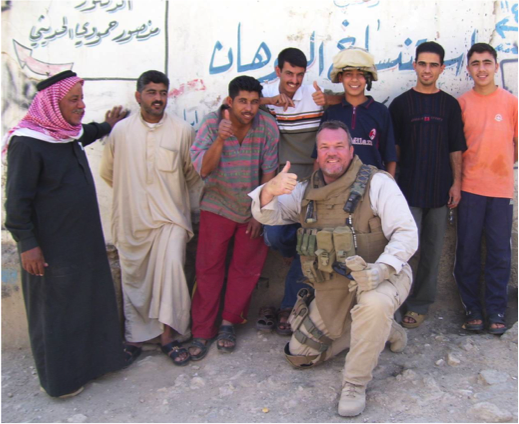
Human Behavior Pattern Recognition & Analysis
Making Order Out of Chaos
“All people, events, and vehicles give off certain ‘signals’ when they are measured against context, relevance, and societal or environmental baselines. Once learned, the operator can read these ‘signals’ as anomalies or as benign behaviors.
Learning how to quickly establish a baseline and then detecting and acting on these anomalies are the essence of Human Behavior Pattern Recognition & Analysis.”
Understanding a “Left Of Bang” Mindset
“While the majority of training and education throughout the globe provides individuals with the skills necessary to REACT to high-stress incidents (IED’s, sniper, crowd violence, individual violence, border incidents, security breaches and the like), only HBPR&A trains individuals to be both predictive and proactive, thereby completely avoiding or mitigating the catastrophic event.”
“HBPR&A is the only vetted, tested, and validated method currently available that is proven to increase your situational awareness all while promoting advanced critical thinking. This skillset will give you the ability to ‘read’ human behavior. That means you can predict danger if you can read these pre-event cues and clusters.”
“Whether you’re fighting on the battlefield, the boardroom, or on the playground, our programs will give you the cognitive edge you need to be successful!”

The 10 MAXIMS of Arcadia Cognerati:
[01] Memory is Fiction
Your brain cannot tell the difference between reality and fantasy during recall. The brain’s reward chemistry can be manipulated. This means that the more positive or negative emotion you attach to a memory, the easier that memory will be to recall in an emergency. This also means that you can ‘add’ human memories to overcome cognitive shortcomings through training.
[02] Training Changes Behaviors
There is a distinct difference between Training and Education.
[03] Memory and Emotion Links Make Humans Creatures of Habit
All humans will repeat behaviors when given the choice. Being able to read human emotions gives the operator the ability to predict what will likely happen next.
[04] Humans Won’t Pay Attention Unless They Have To
Humans have evolved past being able to detect predatory looks and mission focus without training. This creates an environment where predatory looks and mission focus will allow us to find terrorists, criminals and predators hiding within and among us.
[05] Humans Are Predictable
Humans are lazy and they follow simple patterns. These pattern are observable, measurable, repeatable, and can be analyzed and defined to satisfy a legal or professional standard. Science proves that human behavior will likely repeat over and over again unless acted upon by external arousal or influence. When given a number of choices humans will follow the path of least resistance.
[06] The Harder Humans Try To Mask or Hide Their True Behaviors, The More Those Behavioral Traits Will Stick Out
Deception can be detected, and all criminals, terrorists, or insurgents must use deception to hide in plain sight. Humans lie often, yet they are terrible liars and those deceit cues can be detected when compared against the baseline.
[07] Your Brain Hates Divided Attention
The more humans engage in polyphasic skills or multitasking, the worse their performance becomes. Especially their cognitive performance!
[08] All Humans Telegraph Their Intentions Unknowingly
Your unconscious mind controls your behavior. Anything a human being touches will likely retain a trace of that humans influence. This allows a trained operator to detect subtle ‘signature’ cues to use as artifacts and evidence when prosecuting them or impeaching their testimony,
[09] Cognitive Illusions Can Be Overcome With Training
This allows us to determine where a sniper needs to be to shoot us, where an IED needs to be placed to kill us, and how an insider threat will hide in order to betray us.
[10] Humans Betray Their Affiliations Unknowingly
This allows us to track humans and their relations within a group in order to determine their leadership and structure.
If this presentation opened your eyes to a whole new world, congratulations! I confess that this material is something that speaks very deeply to my brain, and I encourage you to explore the possibilities that this training suggests – we are all humans, and we all behave in similar manners, thus, we can predict, detect, and avoid a lot of violence, if we open our minds to another way of training!
“Violence is a simple, powerful means of communication, it is a currency…”
–Greg Williams
Edited Excerpts from a 30 minute Q&A with Brian Marren & Greg Williams of Arcadia Cognerati:
Q1: From what I have learned from a variety of resources, your program was initially designed for the military, and was originally known as Combat Hunter in the USMC version. Greg was one of four subject matter experts called upon to design a program to help our troops while they were deployed overseas. It reminds me of the process that Law Enforcement went through in the early 1980’s when too many officers were dying. During that process data was revealed that changed the face of training forever. I get the feeling that this does the same, and was born of the same ideas. Was this your intent?
A1: Greg: Remarkable, because you tied everything together very succinctly, and so the simple answer is this: I was a martial artist back in the mid to late 70’s in Detroit. That really meant something. That was the advent of true, and mine was Japanese martial arts. There were only a few really good practitioners. That was still the days where you walked into a dojo and challenged the other senseis. I mean it was rough and tumble. And one of the things I noticed being a hood-rat was that there were certain patterns of the police in the neighborhoods, so I knew when to ply my trade when the cops weren’t around, I also had a dad that was a Marine and a mom that was German, so they were very detailed oriented, so I found a way to navigate around them.
After I went into the military, I found that the military was all about structure and organization and there were seams and gaps everywhere, and my special knowledge of how to read humans and landscape would allow me to read the military landscape and get through and solve problems based on the sense-making that I had taught myself on the street.
The only good jobs in Detroit were General Motors and cop work. I got into cop work and the first thing I noticed is profiling a cop and profiling a criminal were the same thing, so I created Human Behavior Profiling and was teaching it to police agencies all over the world. So that, that you saw, and it wasn’t just me and I’m a humble guy, guys like Massad Ayoob and many others were legendary in bringing these street skills to coppers. So I was part of that and then I continued my professional career in teaching and training and the military goes, “hey if that works, would it work for us?” So, out of that was born Combat Hunter. We built programs for the Marines, ASAT for the Army, US Border Patrol, ICE, Customs. Once people see that this is a classic, people go to that. And one cautionary thing: on the shoulders of giants. A broken clock is right twice a day.
What I did is I assembled a whole bunch of great theories that went back to the 1600’s and said, “This is how to explain those things” and created my own lexicon. So if you run into weird words on Combat Hunter or ASAT, those are words I had to invent because there was no scientific word for it.
Brian: It starts out with that Street Survival, or you called it Edge Courses, right here at Bang for Police. And it looks like to me that Greg went with continuing so deep into human behavior. And what you get is farther and farther ‘Left of Bang’, and you’re 1000 meters out before anyone knows you’re there. It’s the same skill set, it’s done from the advantage of time and distance. You can continue using it right through to ‘at bang’ and ‘after bang.’
Greg: Brian is a martial artist as well. He started out in Aikido in Japanese martial arts as a young kid too. Miyamoto Musashi, very influential in my youth, said, “you win or lose before you ever draw your sword.” And that fascinated me. How did he know how to read humans? That was a genesis. Funakoshi said “if the nail sticks out, pound it down.” That was amazing to me. That meant baselines and anomalies. So history is full of these examples, I just codified it.
Q2: Can you explain the concept of what you teach in terms that anyone can understand?
A2: Greg: I took a nebulous concept and put architecture towards it that anybody, any human can follow. You don’t have to do it all even if you do a little bit because I believe that you’re responsible for your own health and safety and security. Even if you do a little bit you’ll find out that the answers are right there. Just like escalation and de-escalation there’s an answer right there you just have to take time to study it.
Q3: For martial artists specifically, do you have a program designed to teach the many aspects of your architecture in terms that they could relate to for example in their self-defense programs?
A3: Greg: It all started with the martial arts! My martial art was out-thinking the opponent. I did a Boyd’s OODA loop on my martial arts training and said “here’s where you could de-escalate, here’s where you could break this down, and psychological de-escalation telling the person before you fight, I don’t want to fight — how to work that dialogue and stances into suggesting to this person that this isn’t the time and place for this fight. The shortcoming of all of this is that it’s ‘at bang’, and slightly left of bang.”
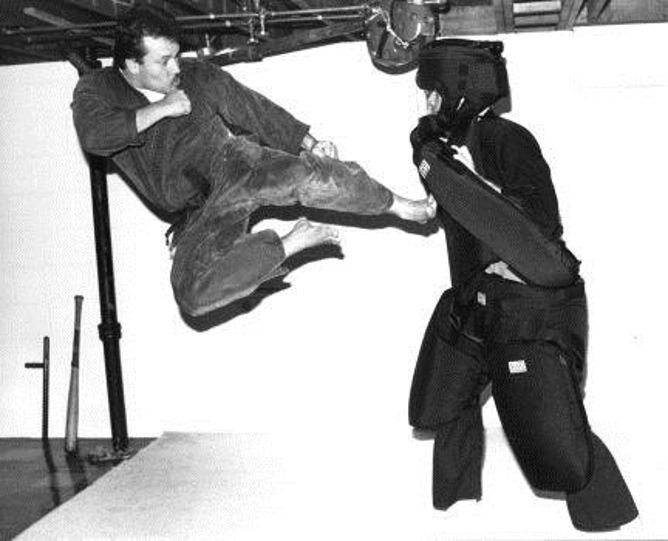
“If you’re the smartest person in the room, you’re probably in the wrong room.”
—Greg Williams
Brian Marren, Greg Williams, Shelly Williams
https://arcadiacognerati.com
tim boehlert
http://www.defendublog.com
DOWNLOAD: PT1
DOWNLOAD: PT2
